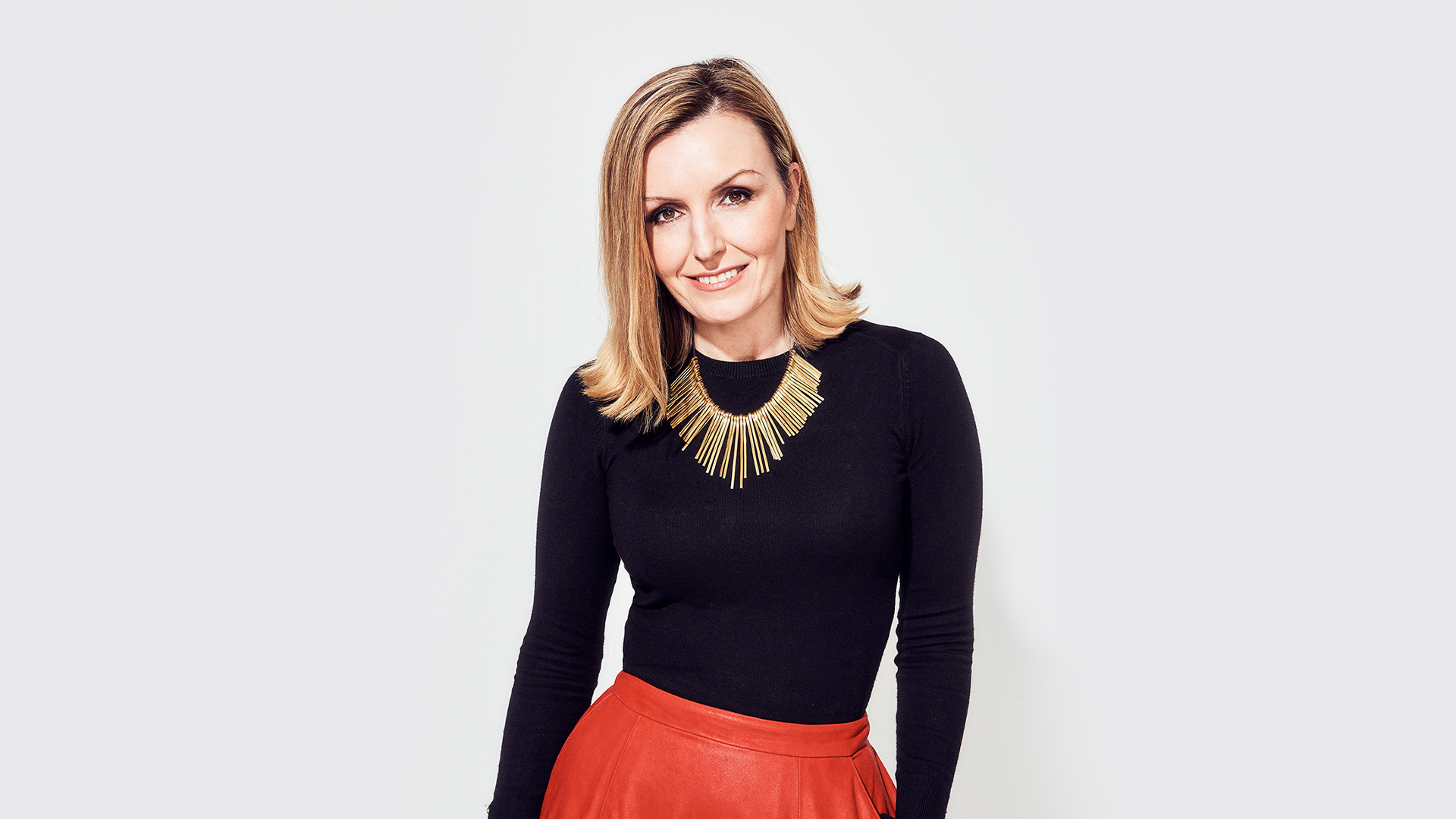This article originally appeared on Campaign Live
Magazine content – especially online – has seen increased engagement over lockdown. What is it about magazine content that consumers will always identify with?
Now, more than ever, people want wellness content they can trust and use to make positive changes. And Women’s Health is an unrivalled source of holistic health information. As the Covid crisis deepened, our audience leaned on us to help them feel better physically and mentally, whether through home workouts, mood-boosting nutrition or mental health advice from experts. Magazine subscriptions grew by 50% in January to June, record numbers flocked to our online platforms and we achieved 14 million views during two Women’s Health Live Virtual events.
How have events of 2020 impacted your editorial direction?
Within days of lockdown, Women’s Health’s website saw a 50% growth in search for fitness content and there was a huge increase in e-comm revenue. Hence, we simplified magazine content, so we could concentrate on digital.

We also turned Women’s Health Live into a digital offering, persuading leading names like Kayla Itsines, Davina McCall, Alice Liveing, Oti Mabuse and Gemma Atkinson to self-shoot workout videos or take part in interviews broadcasted simultaneously across social. A second Women’s Health Live Virtual came six weeks later, with 14 million video views in total.
Meanwhile, as a result of Black Lives Matter, I’ve taken a hard look at the diversity representation across all Women’s Health platforms and, like many other brands, we realised we need to do better. You will notice an increase in visuals and content created by and for BAME women.

Actresses Danai Gurira and Gabrielle Union have featured on the magazine’s front cover but we also lifted BAME voices throughout editorial, whether that’s celebrities like Nicola Adams or “real” people like Dr Samara Linton speaking about the challenge of living through a pandemic and the George Floyd killing simultaneously.
We know ads are more effective when in positive, relevant and high-attention media spaces – like yours. Which advertisers turned to Women’s Health during the pandemic?
Tetley Cold Infusions sponsored the second Women’s Health Live Virtual and we’ve had conversations with several brands for the third event. We’ve also achieved near constant sponsorship of our weekly podcast Going for Goal by brands such as New Balance, Nike, Yakult, Heinz and Tropicana. The podcast has attracted top level talent with Davina McCall, Gemma Atkinson and Kate Ferdinand helping us reach a record number of 20,000 downloads in one week. We’ve also worked on a branded content partnership with Very, and the next phase of our body positivity campaign Project Body Love has just achieved a significant sponsorship from a major grooming brand.
What can consumers and advertisers look forward to from Women’s Health in 2021?
Video is a big focus – Women’s Health has the fastest growing YouTube channel in Hearst. Workouts lend themselves brilliantly to video and, as a brand, we can harness the expertise of global fitness talent to create great content. We recently partnered with fitness guru Kayla Itsines (who has 12.6M followers on Instagram) on a series of home workout videos during lockdown, which achieved a huge 2.7 million views in total.
Give us the inside track on what we’ll all be doing by Christmas 2021?
A recent Women’s Health survey indicated 85% of us would rather work out at home than the gym. We’re going to see growth in online training platforms and I fear many gyms won’t survive.

Society is more engaged in our own wellness, but we’ve learnt you can keep things simple and still be perfectly content. So, paying high fees and factoring the gym into your daily commute is not necessary. I think most of us will be working from home for some time and we’ll be choosing where we spend our cash carefully. Purpose-driven, independent businesses will thrive.
What’s one new lockdown habit you don’t want to give up?
I’ve spent more time with my two children, Zak, 8 and Nell, 4. Being at home for breakfast and bedtime has been wonderful for their development and my wellbeing. I have realised a long commute, which could mean a 13-hour working day, is not always necessary and there are boundless benefits to working from home. That said, I miss the office dreadfully. There’s no replacement for the creativity working in person alongside talented, smart people. I also invested in a Peloton bike and that’s here to stay. Even if it means exercising in my children’s playroom next to the smelly hamster’s cage.



